Intercompound Formation and Radiation Responses of Diffusion Couples
Principal Investigator
- Name:
- Lin Shao
- Email:
- [email protected]
- Phone:
- (208) 526-6918
Team Members:
| Name: | Institution: | Expertise: | Status: |
|---|---|---|---|
| Bulent H Sencer | INL - Idaho National Laboratory | Nuclear Fuel, Fuel Cladding, Fuel-cladding Interactions, Radiation Materials Science, Materials under Extreme Conditions | Other |
| Rory Kennedy | INL - Idaho National Laboratory | Nuclear Fuel, Fuel Cladding, Radiation Damage, Fuel-Cladding Interactions | Other |
| Tianyi Chen | Texas A&M University | Radiation damage, molecular dynamics simulations, nuclear fuel, fuel cladding, fuel-cladding interactions | Graduate Student |
Experiment Details:
- Experiment Title:
- Intercompound Formation and Radiation Responses of Diffusion Couples)
- Work Description:
- Du and single metal crystals including Fe, Cr, Ni, and Zr will be mechanically polished and bonded. Then the bonded couples will be sealed inside a quartz tube by a plasma torch. Prior to the sealing, repeated pumping and H refill will be used to achieve high vacuum better than 10-8 torr. After annealing with a thermal budget estimated from diffusion kinetics, the quartz boats are quickly dumped into ice water for quenching, thus retaining the phases formed at high temperatures. Part of diffusion couples will be irradiated by 2 MeV He ions at 450 ºC. The typical projected range of He ions is about 3-4 microns, deep enough to avoid any surface effects. The unirradiated and irradiated samples will then be characterized by TEM, SEM and STEM. Specimens will be prepared by using focus ion beam and lift off technique at CAES.
Project Summary
The project is aimed to understand intercompound formation and radiation responses of diffusion couples made of deleted uranium (DU) and various metals (Fe, Zr, Ni, and Cr). First, a polished single crystal DU is mechanical bonded with metals and form diffusion couples through thermal annealing in vacuum over a prolonged period, i.e. a few days, depending on kinetics of metal diffusion and regions of interest in phase diagrams. Second, part of the diffusion couples are irradiated by light ions to 1 dpa (displacements per atom). Third, microstructure and microchemistry of samples, with or without irradiation, are compared, by using scanning electron microscopy (SEM), focused-ion beam (FIB), and transmission electron microscopy (TEM). The project expect to have the following significant impact: (1) it will provide validation on phase diagram and phase field theories concerning uranium: (2) it will reveal radiation induced structural changes of different phases; (3) it will accelerate our understanding of fuel-cladding interactions; (4) it will help to separate effects from grain boundaries for understanding materials’ intrinsic properties, since single crystals are used for fabrications of diffusion couples. Sample fabrications and ion irradiations will be performed at the Texas A&M University. The focus ion beam (FIB) and lift off technique will be used to prepare specimens and atomic scale characterization will be performed by the Idaho National Laboratory team. The project involves three investigators and one graduate student.
Relevance
The U.S. Advanced Fuel Cycle Initiative (AFCI) seeks to develop and demonstrate the technologies needed to transmute the long-lived transuranic actinide isotopes contained in spent nuclear fuel into shorter-lived fission products, thereby dramatically decreasing the volume, the long-term radiotoxicity, and the heat load of material that must be stored in a geologic repository. To support the needs for validation and verification of current fuel-cladding interactions and to further conclude a fuel model basic fuel matrix data are needed to allow for the prediction of fuel properties under reactor conditions. Therefore experimental input data on diffusion coefficients and activation energies in the base fuel-cladding system is critical.
Please wait
About Us
The Nuclear Science User Facilities (NSUF) is the U.S. Department of Energy Office of Nuclear Energy's only designated nuclear energy user facility. Through peer-reviewed proposal processes, the NSUF provides researchers access to neutron, ion, and gamma irradiations, post-irradiation examination and beamline capabilities at Idaho National Laboratory and a diverse mix of university, national laboratory and industry partner institutions.
Privacy and Accessibility · Vulnerability Disclosure Program

